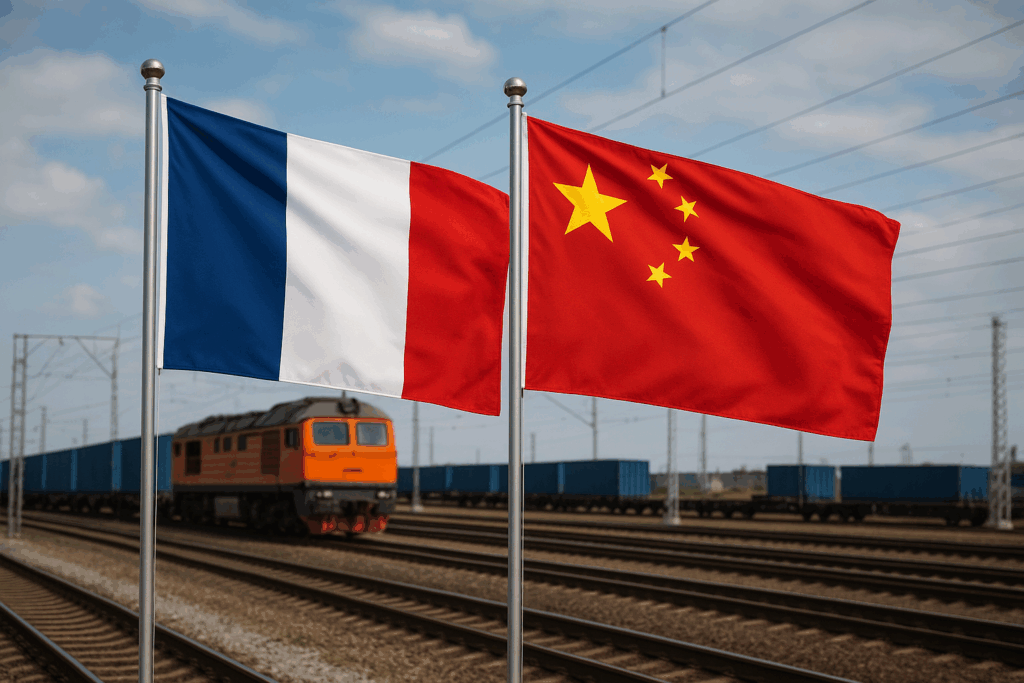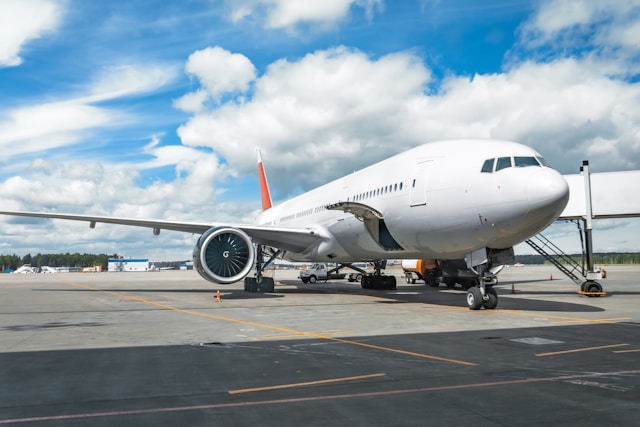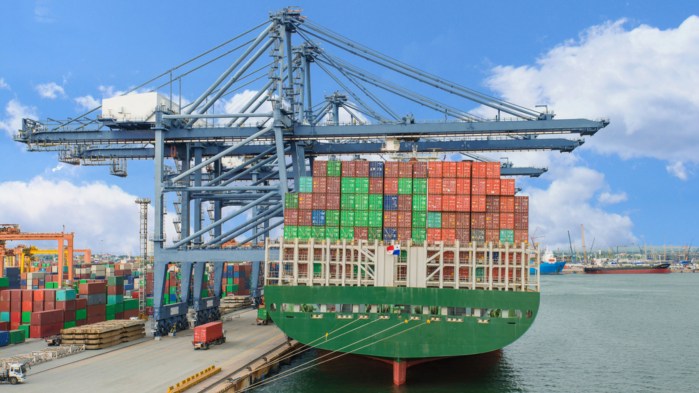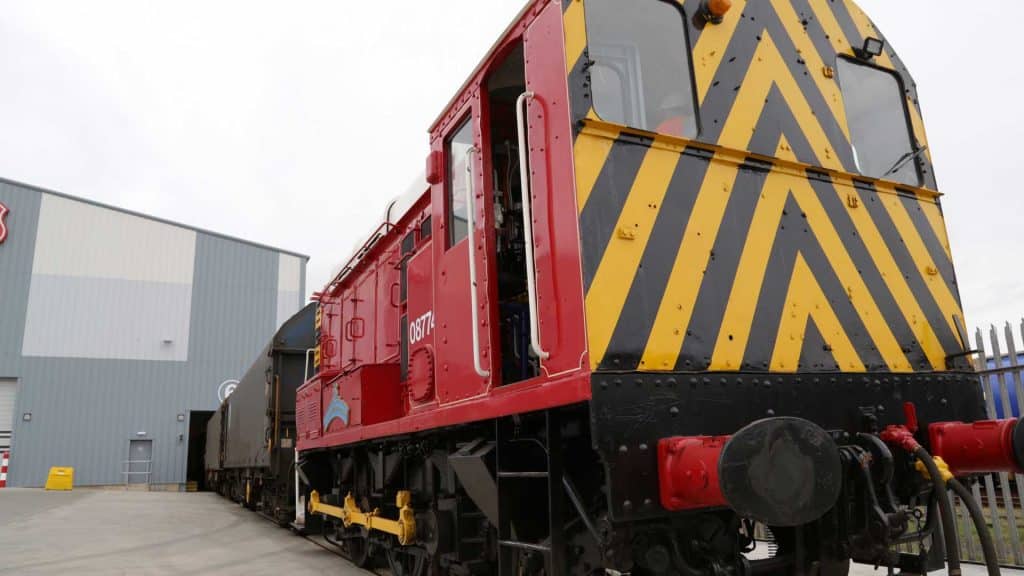- By Della tj
- October 13, 2025
- Rail Freight, Shipping
Global trade has dramatically evolved, and the China Europe rail China to France route now plays a pivotal role in bridging East and West. This direct rail link shortens delivery times, cuts freight costs, and simplifies customs handling for companies seeking fast, sustainable logistics alternatives.
Why Choose China Europe Rail for Shipping to France
Businesses increasingly prefer rail over sea or air because it offers a balance between cost and speed. The China Europe rail China to France route provides efficient connectivity across Eurasia, linking major Chinese hubs with key French destinations such as Paris, Lyon, and Marseille.
Unlike sea freight, which can take 40–50 days, rail freight typically takes only 18–22 days. Moreover, it’s nearly 40% cheaper than air freight, making it ideal for electronics, machinery, and consumer goods. Additionally, rail transport produces less CO₂, aligning with sustainability goals.
| Shipping Mode | Average Transit Time | Cost (per 40ft container) | Ideal For |
|---|---|---|---|
| Air Freight | 5–7 days | $8,000–$10,000 | Urgent or high-value goods |
| Sea Freight | 40–50 days | $2,000–$3,000 | Bulk commodities |
| Rail Freight | 18–22 days | $4,000–$5,000 | Balanced speed & cost |
How China Europe Rail Connects China and France
The rail network spans over 13,000 kilometers, linking inland Chinese cities to European logistics hubs. Trains depart from Chongqing, Wuhan, Yiwu, Xi’an, and Chengdu, passing through Kazakhstan, Russia, Belarus, and Poland before reaching France.
This transcontinental route is supported by a unified customs clearance mechanism, enabling smoother border transitions. Furthermore, trains are equipped with GPS tracking systems, giving shippers real-time visibility throughout the journey.
Transit Time Overview: China to France Rail Schedule
Transit time varies by origin, cargo type, and customs processing. However, rail freight consistently outperforms sea transport.
| Origin City | Destination | Average Transit Time | Frequency (per week) |
|---|---|---|---|
| Xi’an | Paris | 18–20 days | 5 |
| Chongqing | Lyon | 20–22 days | 4 |
| Chengdu | Marseille | 19–21 days | 3 |
Additionally, peak seasons may extend delivery by 1–2 days, but most operators maintain steady departure schedules, ensuring supply chain stability.
Main Routes of the China-Europe Railway Network
The China Europe rail China to France corridor comprises multiple branches converging in Poland and Germany before entering France.
- Northern Route: Passes through Manzhouli–Russia–Belarus–Poland.
- Central Route: Connects via Kazakhstan–Russia–Belarus.
- Southern Route: Goes through Alashankou–Kazakhstan–Uzbekistan–Turkey–Europe.
Although the northern route is the fastest, the central line offers better cost efficiency for heavy goods. Each route is monitored for border control and infrastructure conditions to minimize delays.

Customs and Documentation Requirements
Accurate customs preparation is vital for smooth rail freight operations. Exporters must ensure that all paperwork complies with both Chinese and EU import standards.
| Document Type | Description | Required By |
|---|---|---|
| Commercial Invoice | Declares product value and origin | China & France Customs |
| Packing List | Details cargo content and weight | Customs & Rail Operator |
| Bill of Lading | Proof of contract between shipper and carrier | Rail Freight Forwarder |
| Certificate of Origin | Confirms production location | Import Authorities |
Moreover, customs inspections along transit borders verify cargo integrity. When documentation is correct, delays are minimal, and trains continue seamlessly across jurisdictions.
Real Case Studies: China to France Rail Success
Case 1 – Electronics from Xi’an to Paris
Cargo: Consumer electronics (14 tons, 40-ft container)
Cost: $4,200
Transit Time: 19 days
Route: Xi’an – Warsaw – Paris
Result: Delivered 60% faster than sea freight, saving 3 weeks in total.
Case 2 – Machinery from Chongqing to Lyon
- Cargo: Industrial machinery (18 tons)
- Cost: $4,600
- Transit Time: 21 days
- Route: Chongqing – Moscow – Warsaw – Lyon
Result: Reduced carbon emissions by 35% compared to air freight.
These examples highlight how rail freight combines reliability, sustainability, and cost efficiency.
Cost Breakdown and Factors Affecting Rail Freight
Freight costs depend on distance, cargo volume, and customs fees. Below is an average rate estimation:
| Cost Component | Description | Average Rate (USD) |
|---|---|---|
| Rail Transport Fee | Base rate per container | $3,500–$4,800 |
| Customs Handling | Clearance & inspection | $150–$250 |
| Insurance | Cargo protection | $100–$200 |
| Terminal Charges | Loading/unloading fees | $80–$150 |
| Total (Estimated) | — | $3,830–$5,400 |
Furthermore, fluctuations in fuel prices, geopolitical changes, and seasonality can slightly influence total expenses.
Advantages and Limitations of China-Europe Rail Freight
Advantages
- Transit time shorter than sea freight.
- Lower cost than air transport.
- Stable year-round scheduling.
- Real-time GPS tracking.
- Environmentally friendly with lower CO₂ output.
Limitations
- Limited cargo space compared to sea.
- Weather or border checks may cause minor delays.
- Not ideal for perishable goods.
Nevertheless, the benefits outweigh the limitations for most shippers targeting balance between speed and budget.
Conclusion
The China Europe rail China to France route is transforming logistics with faster transit times, predictable schedules, and lower carbon footprints. Businesses that adopt this model gain agility, cost savings, and competitive advantage in cross-border trade. By choosing reliable freight partners and preparing documentation carefully, shippers can achieve seamless, efficient cargo movement between China and France.
Request a Quote
Need a tailored solution for your shipping from China?Let TJ China Freight Forwarder assist you with reliable, cost-effective service.
FAQ:
Q1.What is the average cost of China Europe rail China to France shipping?
Typical costs range from $4,000 to $5,000 per 40-ft container, depending on cargo weight and route selection.
Q2.How reliable is the China to France rail freight schedule?
Rail freight maintains over 90% on-time delivery, ensuring consistent supply chain performance even during seasonal peaks.
Q3.Can small businesses use the China to France rail network?
Yes, LCL (less than container load) options let small firms ship partial loads efficiently and affordably via rail.
Q4.What are the most common goods shipped by China Europe rail?
Electronics, automotive parts, machinery, textiles, and consumer products dominate this fast-growing rail trade route.
Q5.Are customs duties included in rail freight quotes?
Most quotes exclude duties; importers must handle VAT and tariffs separately during customs clearance in France.




